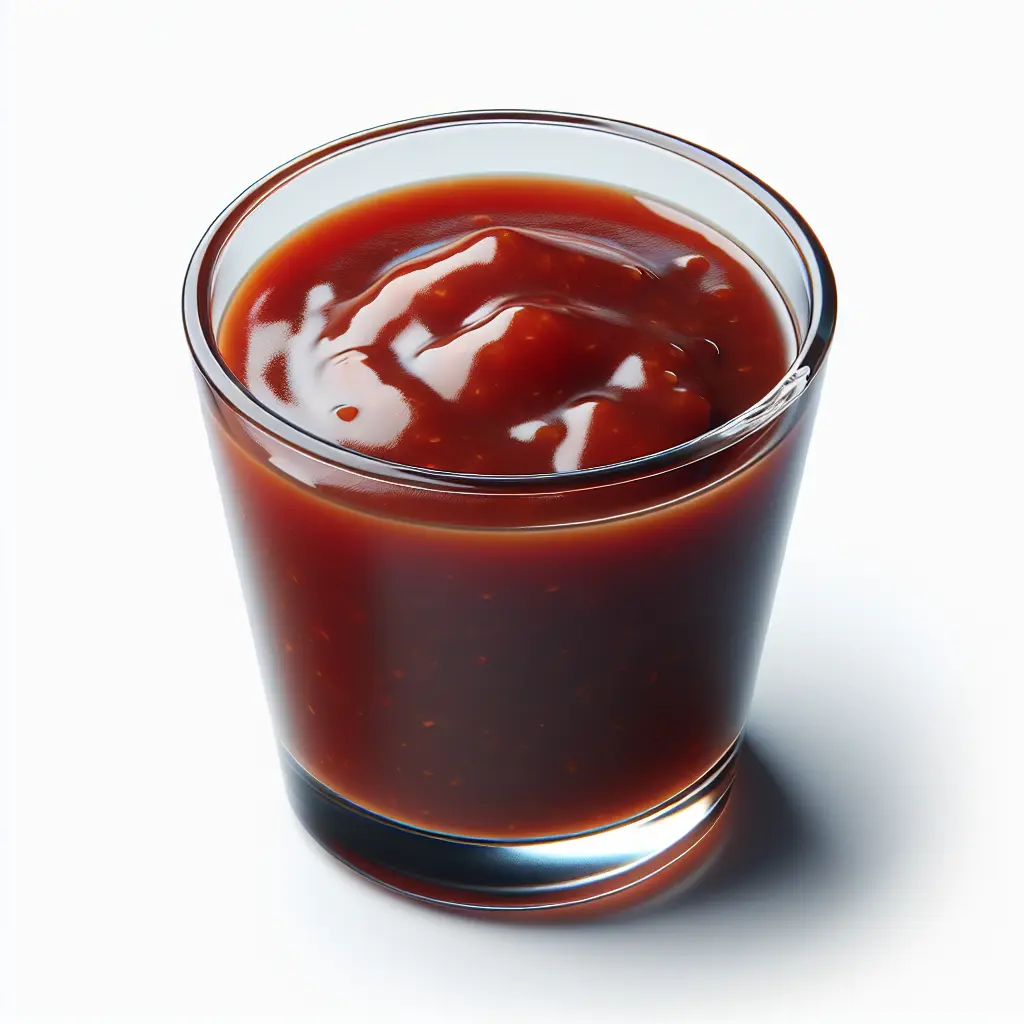The Allure of BBQ: A Historical and Cultural Exploration
BBQ, an abbreviation of barbecue, is a cooking method that has captivated palates for centuries. Its origins can be traced back to the indigenous peoples of the Americas, who used open fires to slow-cook meats. Over time, BBQ techniques spread across the globe, evolving into distinct regional variations.
In the Southern United States, BBQ is an integral part of the culinary landscape. From the smoky flavors of Texas brisket to the tangy sauces of North Carolina, each region boasts its own unique style. BBQ has also become a beloved pastime, with families and friends gathering around backyard grills to share in the joy of cooking and eating together.
Nutritional Value: Unlocking the Health Benefits of BBQ
While BBQ is often associated with indulgence, it offers a surprising range of nutritional benefits. Lean cuts of meat, such as chicken or fish, provide a rich source of protein, essential for building and repairing tissues. The slow-cooking process helps break down tough collagen, making the meat tender and easier to digest.
Furthermore, BBQ often incorporates vegetables, such as onions, peppers, and beans, which add fiber, vitamins, and minerals to the dish. The presence of antioxidants in these vegetables also helps protect against cell damage and inflammation.
Macronutrient Breakdown per 1 Cup Serving:
- Calories: 418
- Protein: 33 grams
- Fat: 11 grams
- Carbohydrates: 47 grams
- Fiber: 3 grams
- Sugar: 38 grams
Delectable BBQ Recipes: tantalizing Your Taste Buds
-
Texas Brisket: Rub a beef brisket with a blend of spices, including paprika, cumin, and garlic powder. Smoke the brisket over low heat for 8-12 hours, until it reaches an internal temperature of 203°F (95°C). Slice the brisket thinly and serve with your favorite BBQ sauce.
-
Pulled Pork Sandwiches: Season a pork shoulder with salt, pepper, and your preferred seasonings. Slow-cook the pork in a covered dish with a cup of water or broth for 6-8 hours, or until it shreds easily. Serve the pulled pork on sandwich buns with coleslaw and BBQ sauce.
-
Smoked Salmon: Brine salmon fillets in a mixture of salt, sugar, and herbs. Pat the fillets dry and smoke them over low heat for 2-3 hours, until they reach an internal temperature of 145°F (63°C). Serve the smoked salmon as an appetizer or main course, garnished with lemon wedges and capers.
-
Grilled Vegetable Skewers: Cut vegetables such as zucchini, bell peppers, and onions into chunks. Marinate the vegetables in olive oil, herbs, and spices. Thread the vegetables onto skewers and grill over medium heat for 8-10 minutes, or until tender. Serve the skewers with a dipping sauce of your choice.
-
BBQ Ribs: Rub pork ribs with a mixture of brown sugar, paprika, and chili powder. Smoke the ribs over low heat for 4-6 hours, or until they are fall-off-the-bone tender. Baste the ribs occasionally with BBQ sauce during the last hour of cooking.
How many calories are in Bbq?
Each 1 cup of Bbq contains 418 calories.
Bbq Nutritional Information
| Nutrient | Amount per 1 cup (249g) |
|---|---|
| Calories | 418 Calories |
| Protein | 33g |
| Fat | 11g |
| Saturated Fat | 3.5g |
| Cholesterol | 0.087mg |
| Carbohydrates | 47g |
| Dietary Fiber | 3g |
| Sugar | 38g |
| Sodium | 1.658mg |
| Potassium | 0.7595mg |
| Calcium | 0.11mg |
| Iron | 0.0031mg |
